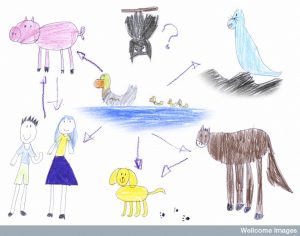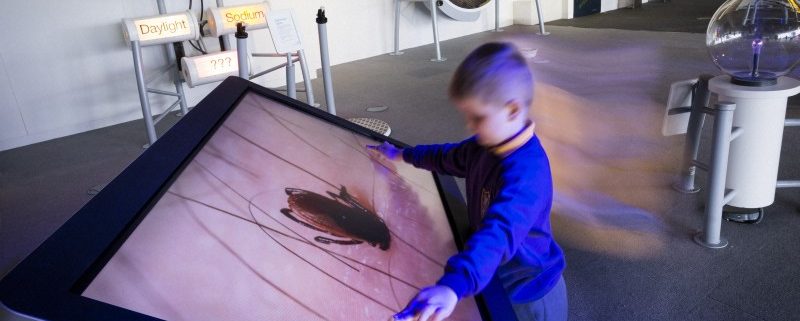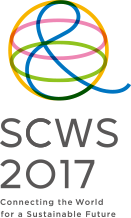The Wellcome Image Awards: The Power of Visual Imagery as an Engagement Tool
By Joanna Castle, Wellcome Image Awards Project Manager, and Carly Dakin, Clinical Collections Coordinator, Wellcome Images
Goal 4: Ensure inclusive and quality education for all and promote lifelong learning
Goal 9: Build resilient infrastructure, promote sustainable industrialization and foster innovation
On this, the day which celebrates international science centers and science museums, we wanted to introduce the Wellcome Image Awards, an annual exhibition featured at many science and technology centers around the world with an aim to educate through the best science imagery.
Wellcome Trust is a global charitable foundation, both politically and financially independent. We support scientists and researchers, take on big problems, fuel imaginations, and spark debate. Our funding supports over 14,000 people in more than 70 countries. In the next five years, we aim to spend up to £5 billion helping thousands of curious, passionate people all over the world explore ideas in science, population health, medical innovation, the humanities and social sciences, and public engagement.
The Wellcome Image Awards are the Wellcome Trust’s most eye-catching celebration of science, medicine, and life. The Awards recognise the creators of the most informative, striking, and technically excellent images that communicate significant aspects of biomedical science. The winners are selected from all new images acquired by Wellcome Images during the preceding year. Judged by a panel that includes experts in science communication, medicine, and biomedical science, the Awards showcase the best in science image making.
The purpose of the Wellcome Image Awards is to improve scientific transparency, and encourage and stimulate public discussion. The major challenge we face is ensuring that the science we promote is understood, relevant, and accessible to all ages. To help achieve this, the Wellcome Image Awards winning images are exhibited at science centers and museums worldwide; for the 2016 Awards we partnered with 15 science centers across the UK, Europe, and Africa including the Science Museum (London), the Dundee Science Centre (Scotland), the Polytechnic Museum (Russia), and the Africa Centre for Population Health (South Africa). This collaboration has significantly improved our ability to reach and inspire both children and adults alike.
 The Wellcome Image Awards, which began in 1997, are open to scientists, artists, and illustrators of all ages. The images represent many fields, utilize a variety of techniques, and always surprise. In fact, our judges were charmed this year by an illustration from our youngest ever contributor: an 8-year-old girl who eloquently illustrated the inter-species transmission and host species of the influenza virus.
The Wellcome Image Awards, which began in 1997, are open to scientists, artists, and illustrators of all ages. The images represent many fields, utilize a variety of techniques, and always surprise. In fact, our judges were charmed this year by an illustration from our youngest ever contributor: an 8-year-old girl who eloquently illustrated the inter-species transmission and host species of the influenza virus.
Since 2011, Wellcome Images has partnered with the Koch Institute for Integrative Cancer Research at Massachusetts Institute of Technology. The MIT team select their favourite form our winners and we do the same for their annual awards. The 2016 Wellcome Image Awards are currently still showing at the Polytechnic Museum in Russia; we were very excited to collaborate with them and a host of other new venues in 2016 expanding from 10 to 15. We aim to widen our reach each year making the awards more accessible to as many new audiences as possible, raising public awareness, curiosity and understanding in science, biomedicine, and imaging technology. You can keep up to date with the 2017 awards via our accounts on Twitter and Facebook.
Images 1. A child interacts with an exhibition display at the Glasgow Science Centre (Credit Ben Gilbert/Wellcome Images)
Image 2. The ecology of influenza A viruses (Credit Dolores Murcia)




